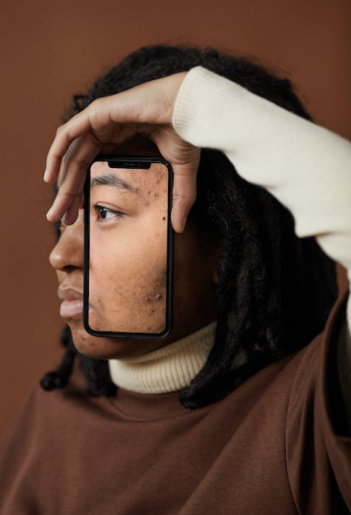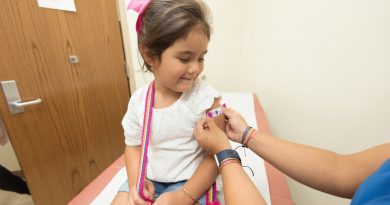When visible meets invisible: the importance of psychological screening and intervention in pediatric dermatology
The psychosocial burden of skin (cutaneous) disorders in children and adolescents is heavy. Children and adolescents with various skin diseases are more likely to experience depression, stigmatization, bullying and suicidality at rates nearly doubling those without such conditions.
Acne vulgaris, alopecia areata, atopic dermatitis (eczema), psoriasis and vitiligo, among others, represent five chronic, cutaneous skin disorders with psychological comorbidities. Shockingly, one study determined that the prevalence of psychiatric disorders among dermatological patients exceeds that of neurological and oncology patients combined.
This connection between external appearance and happiness seems intuitive. Popular culture rewards people who meet narrowly defined beauty standards. However, many fail to consider the intricacies and long-term effects of navigating childhood and early adulthood with a highly visible disorder. Avoidance of social interactions, decreased intention to participate in sports and reduced employment opportunities have all been documented as consequences of dermatological conditions.
Dermatologists and allied health professionals have a unique and special opportunity to detect signs of psychological distress and address its root cause among their patients. Of course, “with great power comes great responsibility.”
Several psychological screening tools are available to support children and adolescents in the pediatric dermatological setting. The Children’s Dermatology Life Quality Index (CDLQI) and the corresponding cartoon CDLQI are designed to measure the impact of any skin disease on a child’s well-being.
Additional disease-specific screening tools also may be used to determine whether a child is at risk of significant psychological comorbidities (e.g. Psoriasis Disability Index; Cardiff Acne Disability Index). These questionnaires may be administered without a clinician, take approximately 5 minutes to complete and are easily incorporated as a standard of care in the dermatology clinic.
Of note, the psychological impact is not necessarily correlated with objective disease severity. This suggests that screening should be administered to all patients to capture psychological symptoms that may be present but not readily identified at the point of care. Thus, every child patient should be given an opportunity to express how their quality of life has been affected as a result of their skin disease and trust that their clinician will act on their concerns in ways that are maximally beneficial.
Dermatologists may also elect to address this topic directly by speaking with their patients. Developing long-term, trusting patient-provider relationships may help patients feel more comfortable discussing symptoms of psychological comorbidities. Specifically, asking patients how their skin disorder affects their day-to-day life can improve communication and rapport, and, in time, decrease hesitancy with this seemingly taboo subject. Sometimes, simply acknowledging and validating a patient’s emotions is enough the dampen the flames of anxiety.
Many dermatologic conditions initially present during puberty, a critical time of identity formation and life course development. This, therefore, provokes numerous ethical tensions regarding the provider-parent-patient triad. As young adolescents gain a sense of autonomy, their ability to consent lags. This often necessitates the involvement of a parent or guardian in clinical decision-making processes, which can place the patient-provider relationship at risk.
Specifically, in cases where a minor may face a serious health threat (e.g. suicidal ideation) in the absence of caretaker involvement, breaching confidentiality to disclose the problem to the caretaker is ethically justified. However, doing so may cause the patient to have long-term mistrust in the healthcare field. These tensions are not unique to pediatric dermatology but are common when treating children who are mature minors.
For less mature minors who are accompanied by their caretakers, providers may discuss information regarding how to access counseling and further mental health treatment. The American Academy of Child and Adolescent Psychiatry webpage is an excellent starting point that may be referenced for caretakers and providers seeking to learn about available resources.
Interestingly, the mind-skin connection is a growing area of research in the emerging field of psychodermatology that sheds light on the relationship between cutaneous and psychiatric disorders. Psychological stressors stimulate hormone release, generating increased inflammatory responses that may disrupt skin health. Therefore, addressing psychiatric comorbidities and reducing the body’s stress response may simultaneously improve chronic, cutaneous disorders and overall mental health.
Providers are encouraged to be aware of the possible psychiatric co-morbidities associated with dermatological conditions in pediatric populations. Though mental health ailments may be invisible, intentional and unwavering support for children and youth suffering from such conditions is not.
By Emily Strouphauer, BSA, MD Candidate, Baylor College of Medicine 2025



